Types of Plastic Every Parent Should Know
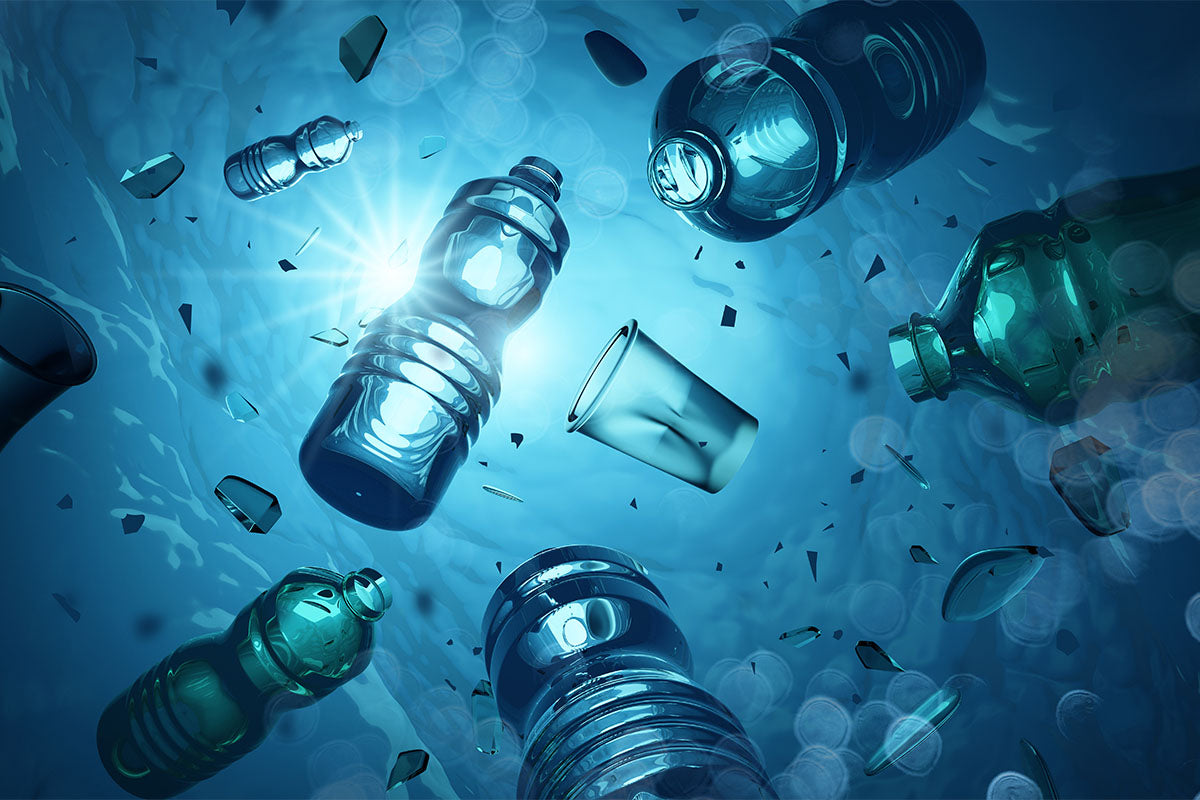
The modern world is more plastic than ever. From baby bottles to lunch containers and so much more, plastics are just about everywhere! Even in our bodies. So, to help us try to prevent negative health effects, microplastics, and harmful symptoms for our kids, we are detailing the different types of plastic that every parent should know — and those to be sure to avoid!
Identification
As a parent, it is crucial to scrutinize the products you are keeping in your home and especially those you give to your kids. With plastics, it is certainly no exception! Luckily, most plastic products come with an identification symbol that you can use to gauge the risks. As plastics in general are cause for concern, it is best for the health of your family and the planet to use as little of them as possible. However, you definitely should not purchase any plastic products that do not have an identification symbol on them. This symbol appears on most plastic items as three arrows pointing into a triangle shape with a number in the middle — just like the recycling symbol. This tells you which type of plastic you are dealing with! So, if your plastic doesn’t have one, your safest bet is to take a hard pass.
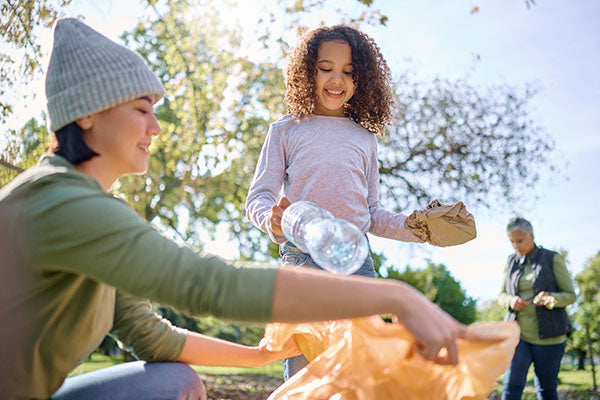
Types of Plastic
It may seem like a whole lot to try to keep track of all of the different types of plastic, but not to worry, there are seven categories that were defined by the Society of the Plastics Industry in 1988. Each category corresponds with the number you will find inside the identification symbol on plastic products. Let’s go through each of the 7 types of plastic and the risks they pose to your family and the planet…
#1 PET or PETE (Polyethylene Terephthalate)
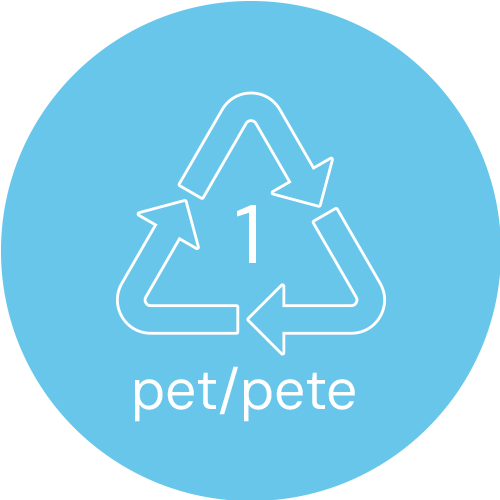
As one of the most common plastics, PET or PETE, is mostly used for food and drink packaging and is great for keeping oxygen out and preventing food spoilage. Think things like single-use drink bottles, to-go containers, and plastic containers for things like nut butters, dressings, clear personal care product bottles, and more. It is one of the most widely recycled plastics — which thankfully reduces the negative impact it has on our environment. When it comes to health, this plastic is generally considered safe, but should not be reused or heated. After repeated use, wear and tear, and heat exposure, it can leach harmful chemicals. That’s a no for us!
#2 HDPE (High-Density Polyethylene)
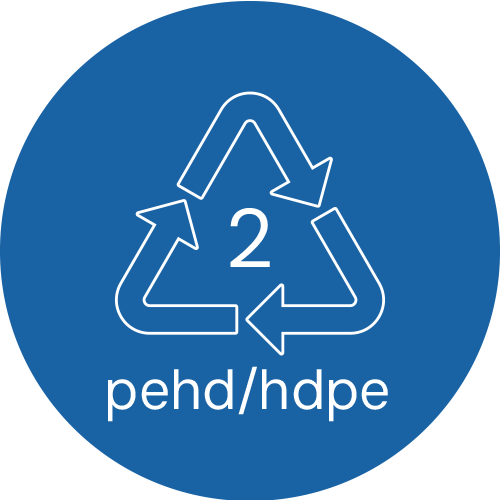
This versatile plastic, stronger and thicker than PET, is commonly used for things like grocery bags, cutting boards, and plastic bottles for things like milk, shampoo and bleach. It is also used for things like recycling bins, toys, playgrounds, kitchenware, piping, and lids. Since it is often reusable and recyclable, it is one of the more sustainable plastic options. While also considered one of the “safer” plastics, HDPE can leach chemicals from things like bottles into the product inside. So, be cautious about having this type of plastic in your home and around your children.
#3 PVC (Polyvinyl Chloride)
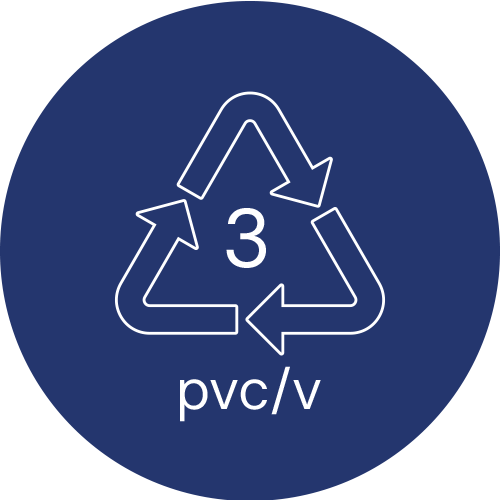
PVC is commonly used in building and construction but has also been used for things like bottles, toys, teething rings, shower curtains, to-go containers, credit cards, and more. Vinyl, or PVC, is seldom recyclable and should not be considered safe in consumer products. It often contains and can leach harmful substances like phthalates, dioxin, and lead. Plus, it outgasses hazardous chemicals leading to that plastic smell and a danger to human health. All this is to say, PVC is definitely a no-no in day-to-day use products.
#4 LDPE (Low-Density Polyethylene)
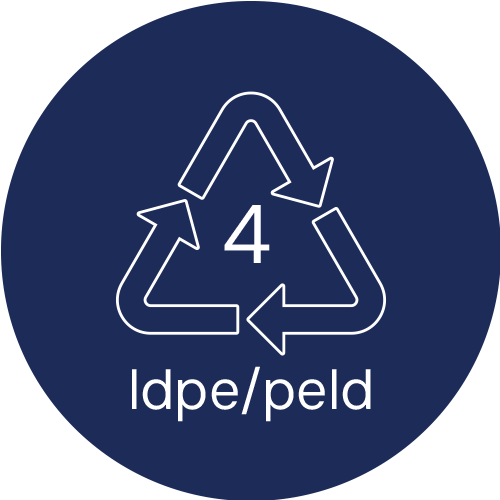
One of the more sustainable types of plastic, LDPE, is thin, flexible and is also easy and inexpensive to produce. As a result, it is used in a lot of common products, especially plastic bags for bread and produce. It is also used for things like six-pack rings, dispensing and wash bottles, plastic computer components, lab equipment, plastic wraps, trays and various types of containers. It is a chemical resistant plastic which means it helps prevent toxins leaching into food. While generally considered relatively safe and less toxic than other plastics, in production, LDPE can make contact with hazardous chemicals that can end up in the final product.
#5 PP (Polypropylene)

Also one of the “safer” plastics, PP is usually considered safe to use and reuse. It’s a hard plastic, frequently found in tupperware, bottles, jars, yogurt containers, hot beverage cups, food packaging, car parts, and sanitary products such as disposable diapers. Unlike many other plastics, it has a higher heat tolerance. That means it is less likely to leach harmful chemicals when heated or exposed to hot water. Still, this plastic should not be microwaved. For these reasons, we recommend using caution with this type of plastic and limiting your childrens’ exposure to it whenever possible.
#6 PS (Polystyrene)
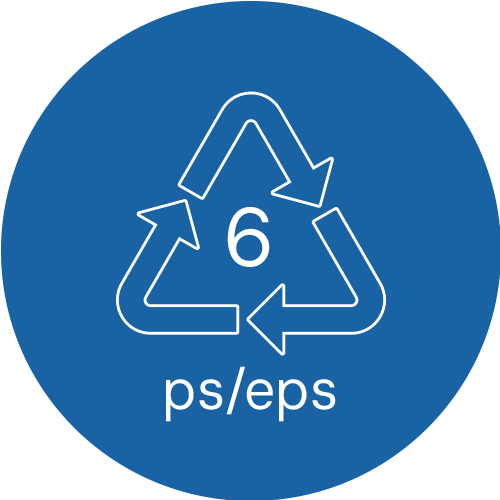
Better known as Styrofoam, this plastic is pretty much ubiquitous in modern life! It’s in a whole host of things from drink cups, to-go containers, and egg cartons to insulation and packaging. This plastic can leach harmful chemicals and neurotoxins, especially when heated. It is not biodegradable, is difficult to recycle, and is considered one of the worst types of plastic for the environment. This one is definitely not safe for your kiddos, or the planet.
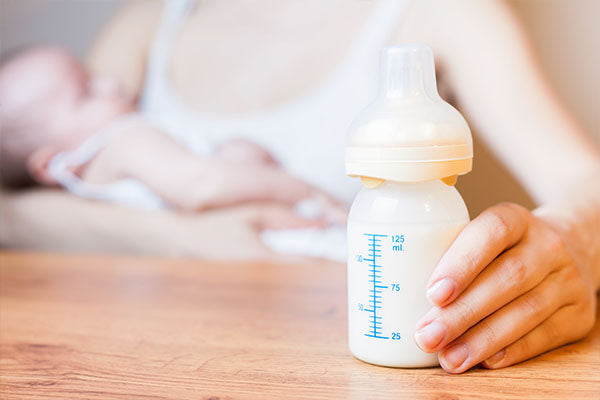
#7 Everything Else
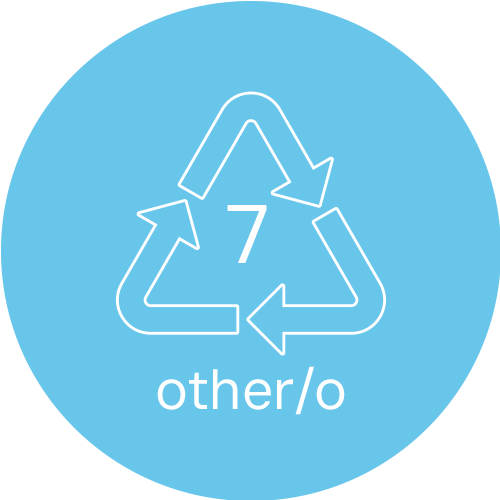
Now, here comes the rest! Any plastic that doesn’t fall under the above numbers ends up in category 7. Often these are polycarbonates (PC) for things like CDs, cell phones, sunglass lenses, and sport or safety goggles. It has also been used for things like baby bottles and multi-gallon water bottles. Plastics in this category can leach harmful chemicals — like BPA and other bisphenols — at high temperatures. These plastics are rarely recycled and the chemicals they leach can eventually end up polluting our bodies of water. While these plastics are sometimes considered safe, many of them are newer, and less studied. The research we have now is beginning to suggest that they are just as bad and cannot be sure about their safety. If you ask us, this is a category you should definitely steer clear of.
What’s Wrong with Plastics?
In addition to taking a very long time to break down and being all around bad for the earth, plastics can contain dangerous chemicals that play a role in a variety of health risks for you, and especially for your little ones. Two of the major culprits are phthalates and bisphenols (like BPA). Both are endocrine disruptors that can alter your child’s hormones and interfere with their natural development. To learn more about the truth behind the BPA label, read our blog here. Until we know what we are dealing with, we recommend avoiding plastic items that come into contact with your child’s water, food, or mouth — as well as anything with a plastic smell.
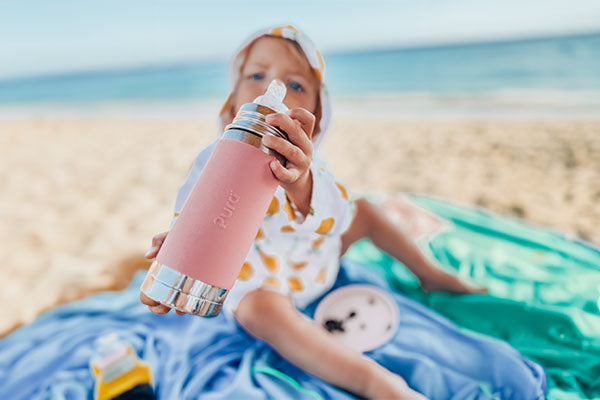
The Alternatives
Luckily, there are some wonderful alternatives out there! A great place to start is by replacing risky items that your child uses daily. Things like toothbrushes, toys, food containers, and of course, bottles. We highly recommend making the switch to Pura Stainless’ 100% plastic-free water bottles, baby bottles, and food storage containers made entirely from stainless steel and medical grade silicone. They are the only completely plastic-free bottles on the market and also the only to be Made Safe® Certified! That means, they are rigorously tested and proven to be free from over 80,000 known toxins!
At Pura Stainless, our mission is to offer parents the information and resources they need to provide a healthier life and a cleaner planet for their kids. To get started on your journey to limit plastic use and keep your little ones safe, shop our innovative plastic-free baby bottles, water bottles, and food containers now! Or, for more tips on creating a safe and sustainable life for your family, stay tuned to our blog.
Sources and Further Reading:
